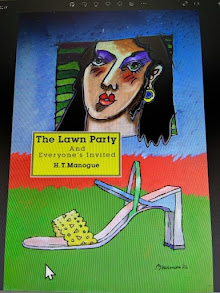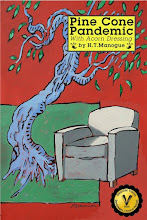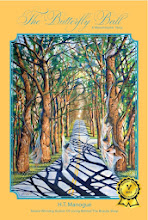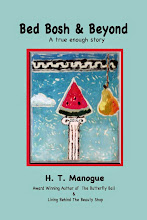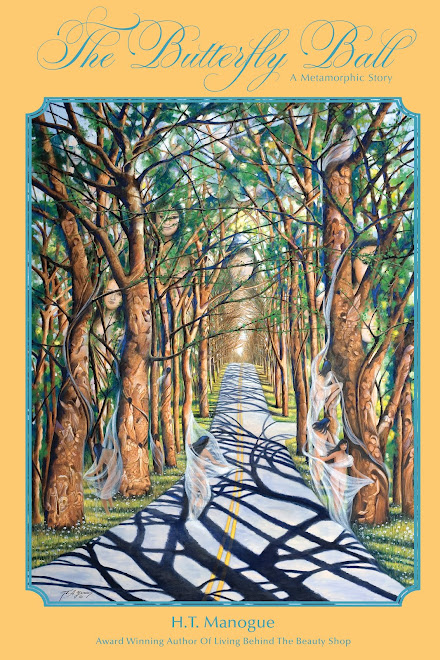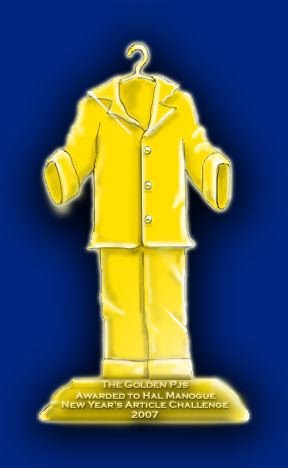Sleep lingers all our lifetime about our eyes, as night hovers all day in the boughs of the fir-tree. All things swim and glitter. Our life is not so much threatened as our perception. Ghost-like we glide through nature, that she was so sparing of her fire and so liberal of her earth, that it appears to us that we lack the affirmative principle, and though we have health and reason, yet we have no super-fluity of spirit for new creation?
Ralph Waldo Emerson in his 1838 essay, Experience, brings a bit of 19th century genius to the center stage of our thought process. We desperately look for our genius in the pews of churches and in the thoughts of others. Our outward search leads us to a steel door where salvation is the key that unlocks the pain of sin. This belief-based search inhibits our inner genius and we cover it with the manure of fear.
Nature doesn’t need acceptance to display its genius; it innately knows how to connect with the world it creates. Nature is designed to show us what our genius looks like, but the dense fog of educated misconceptions keeps us, as Emerson points out, in a mist-filled sleep.
Our genius waits to be discovered in the beauty of a butterfly or the sound that trees make as they sense the experience of physical life. Butterflies and trees continue to fine-tune the art of being more than we expect by fully experiencing life in all its dualistic splendor.
Our winged comrades in consciousness flirt with the hibiscus and honeysuckle to experience and feel the magnificence of life. Trees drink the water of knowing and grow in its presence. These free forms of nature teach us to expand our perceptions and break through our chrysalis of ignorance, and become caterpillars that know they are beautiful butterflies or trees that change without regret.
